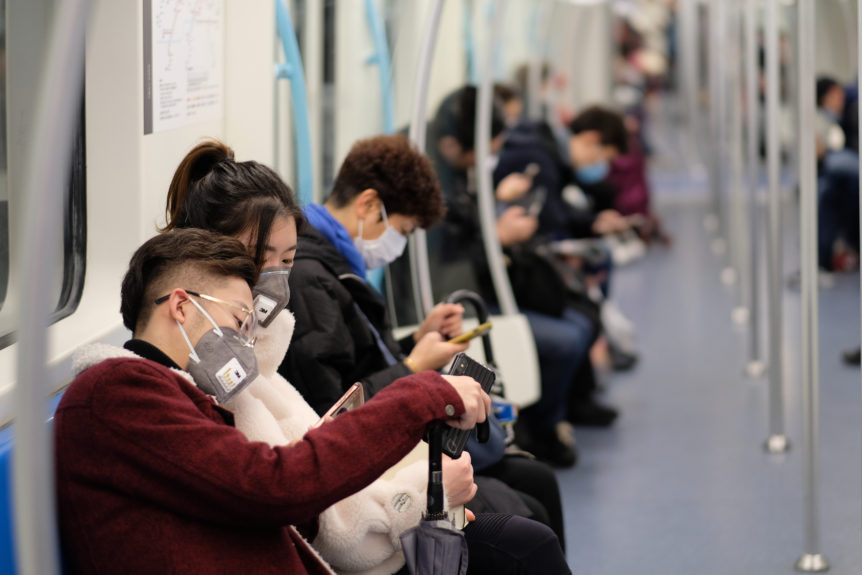With the news of COVID-19 outbreaks continuing to spread, several clients have shifted their travel or cancelled their upcoming in-person UX research. In response to question of “what should we do?” I’ve emphasized the value of remote UX research. Here are the reasons why:
1. Remote UX research is an effective and representative way to conduct research.
Over 80% of the 1:1 research our team conducts is done remotely. We find our participant pools to be rich and our ability to find the right participants is increased when we aren’t limited to a single region. This also allows for multiple geographic, global, and time zones to be considered. It is by default the most diverse way to ensure a non-biased pool based on location and region. We spread the interview times across several days, or weeks, to better suit participant schedules, rather than having to book back-to-back interviews that is required when renting expensive testing facilities. This also means we have time to thoughtfully revise the discussion guide if needed.

2. Participants are more likely to attend.
A decade ago no-shows were common. Today, because people are now used to remote meetings and we have processes in place, such as automated reminders, the attendance rates are much higher. We pay high incentives for participants and are clear with our expectations up front for on-time shows, testing equipment and connection in advance, etc. With in-person testing, people can often be late, or not show up due to traffic conditions or changes in their own schedule. In-person is a higher hoop to jump through. Senior level participants (C-levels, doctors, etc.) do not have the time or desire to come to a facility so remote interviews are one of the only ways to access this difficult-to-reach participant.
3. Remote UX research is cheaper.
There is no question that our overhead decreases for remote interviews as we no longer have to rent facilities, feed clients, greet participants, get rooms and technology organized and ready, and be on hand for technical problems. The cost of facility rentals for one-way mirrored rooms is high and although there are situations where this type of testing is still important and helpful for companies, for one-on-one in-depth interviews it is often unnecessary. We also schedule back-ups rather than floaters, which is a less expensive way to ensure the right number of participants is met.
4. Remote testing is contextually accurate to today’s work conditions.
Beyond the current challenge of the COVID19 outbreak, more and more workers are opting (and enabled) to work from home. Commuting has become onerous, and resources are available across the US (some in remote areas) where salaries are lower and the productivity for offering a flexible work environment is high. So testing participants at home, with their own connectivity and equipment can be more accurate to their work context.

5. Remote UX testing allows for collaboration across corporate silos.
It is a luxury for Sr. level team members to cross time zones (and oceans) to attend testing sessions in person. Listening to focus groups, munching on M&M’s and taking notes behind the mirrored glass is great, but the travel costs are high. With remote testing, team members of all levels can dial in and listen, participate remotely in post-session discussions, send notes and comments to the moderator in real-time, and if they are unable to attend live, they can listen to a hand picked number of sessions “These are the best ones” or “You have to listen to this clip” afterwards selections.
++++
Extra Tips For Conducting Successful Remote Studies
Make sure to have researchers conduct practice sessions and definitely have participants log-in 5-10 minutes in advance to ensure their computers and screen sharing (if needed), along with web-cams, are working well. Be ready for a backup method to conduct the study, such as a regular phone call, in case all systems fail (which does happen from time to time.)
When others are on the call and listening, use a meeting system that allows participants to be hidden (to not overwhelm the participant) yet be up front with the person being interviewed that others may be listening. Answer questions, create comfort, and practice active listening at all times.
++++
In closing, we recommend you consider rethinking your market or product research strategy and see if you can substitute in-person testing or interviews with remote studies.
Especially for in depth one-on-one interviews, remote research is a convenient and comfortable way for moderators and practitioners alike. For the near-term future, COVID-19 is going to continue to change the way we live and work, and new best practices will need to be considered along the way.

